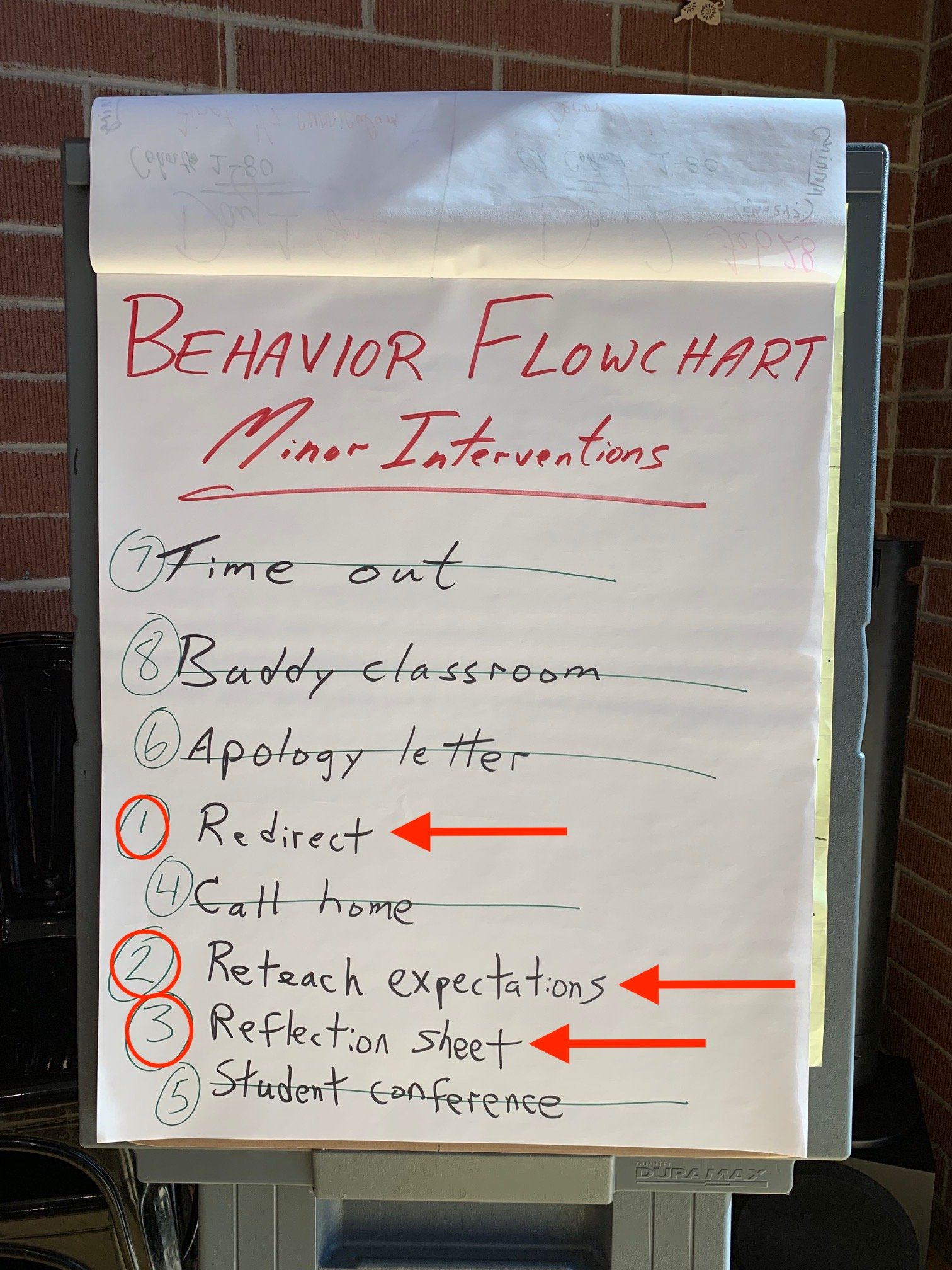Behavior Flowchart 101: Tips for Equitable Discipline
Why Create a Behavior Flowchart?
What happens when a student disrupts the learning of others?
Is discipline at your school…
Consistent across all staff?
Predictable across all staff?
Equitable across all staff?
If discipline is not consistent, predictable or equitable, it’s likely that both staff and students will feel frustrated and the climate at the school may not be very positive or welcoming. To be consistent, schools need to develop common procedures for holding students accountable to the school-wide expectations. All staff should be involved in creating these procedures to ensure buy-in and ownership from the people who are expected to hold students accountable. If procedures are too complicated, too time-consuming, or simply unmanageable, they will not be implemented consistently and schools are back to an inequitable discipline system.
The tool schools use to create consistent student accountability is called a Behavior Flowchart. This ‘Adult Behavior’ Flowchart (we really like this phrasing) is the hierarchy of discipline procedures all staff will follow when they see minor or major behavior problems. Before adopting a Behavior Flowchart, make sure you can live with it and follow it. If not, keep discussing it! Remember, the reason for a Behavior Flowchart is for consistent adult behavior when students are disRespectful, irResponsible, or unKind, so that all adults hold students accountable to the school-wide expectations consistently, predictably, and equitably.
Consider This…
Office Discipline Referrals (ODR’s) are not ‘bad’.
ODR’s are just documents that show what/when/where/why students need more support. No ODR = No help for the student.
A lot of ODR’s means the student might need additional layers of Tier 2 or Tier 3 interventions to meet your school-wide expectations.
Activity to Create a Behavior Flowchart
We recommend that all staff participate in an activity to create a list of behaviors for adults to follow when they see students not following minor school rules and expectations. The procedures for not following major school rules and expectations usually fall to the office administrators (and that too needs to be listed in the Behavior Flowchart, its just not created by staff).
Activity Material: Chart paper, Post-It Notes, markers and pens.
Ask staff to brainstorm interventions for minor behaviors (in the classroom, cafeteria, playground, sports fields/Courts, hall, etc.).
List interventions on chart paper (as they are called out).
Discuss the list, and rank in order of least to most
intrusive consequence.
Decide when a repeated minor behavior is recorded as an Office Discipline Referral (ODR).
On the example in the picture below, staff decided on three interventions. Your staff need to decide how many times they want to intervene with the same repeated minor behavior before the student is written up on an ODR and sent to the office?
Considerations When Creating a Behavior Flowchart
1. Align with School-Wide Expectations
If students are not Respectful, Responsible, or Kind, what is going to be the consistent feedback/intervention from staff the first, second, or third time the same minor behavior occurs? At what point is an ODR written?
Be intentional with your language - A minor behavior (or 3 minor behaviors) never becomes or equals a major behavior. Instead, repeated minor behaviors results in an ODR, whereas a major behavior results in an immediate ODR.
2. Staff Managed Procedures (Minor Behaviors)
Redirect, remind or reteach expectations should be the first interventions. Accountability must be linked to Expectations.
Track and Document Repeated Minor Interventions - Document minor behaviors and interventions quickly using this checklist for elementary school (weekly) and this checklist for middle/high school (monthly).
Include Effective Interventions at the Classroom Level - Examples may include: teacher proximity, re-direct, re-locate, a reflection sheet, or to review academic ability (is an academic deficit the reason for the misbehavior or acting out?).
3. Office Managed Procedures (Major Behaviors)
The consequence must align with school/district policy, not administrator whim. Always provide feedback to referring teacher/staff about the consequence assigned. .
4. Plan to Teach Staff and Students the Behavior Flowchart
Never assume the Flowchart is self-explanatory. Use this Lesson Plan template for students and this Case Study slide deck for staff.
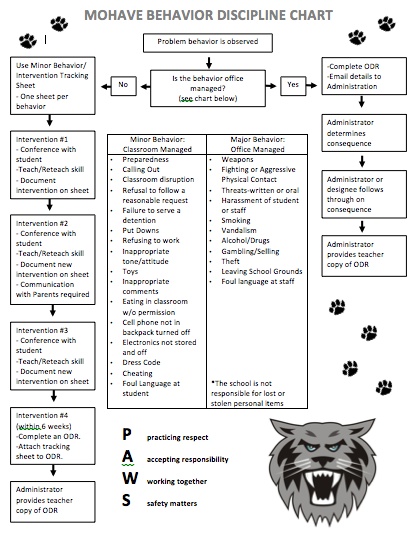
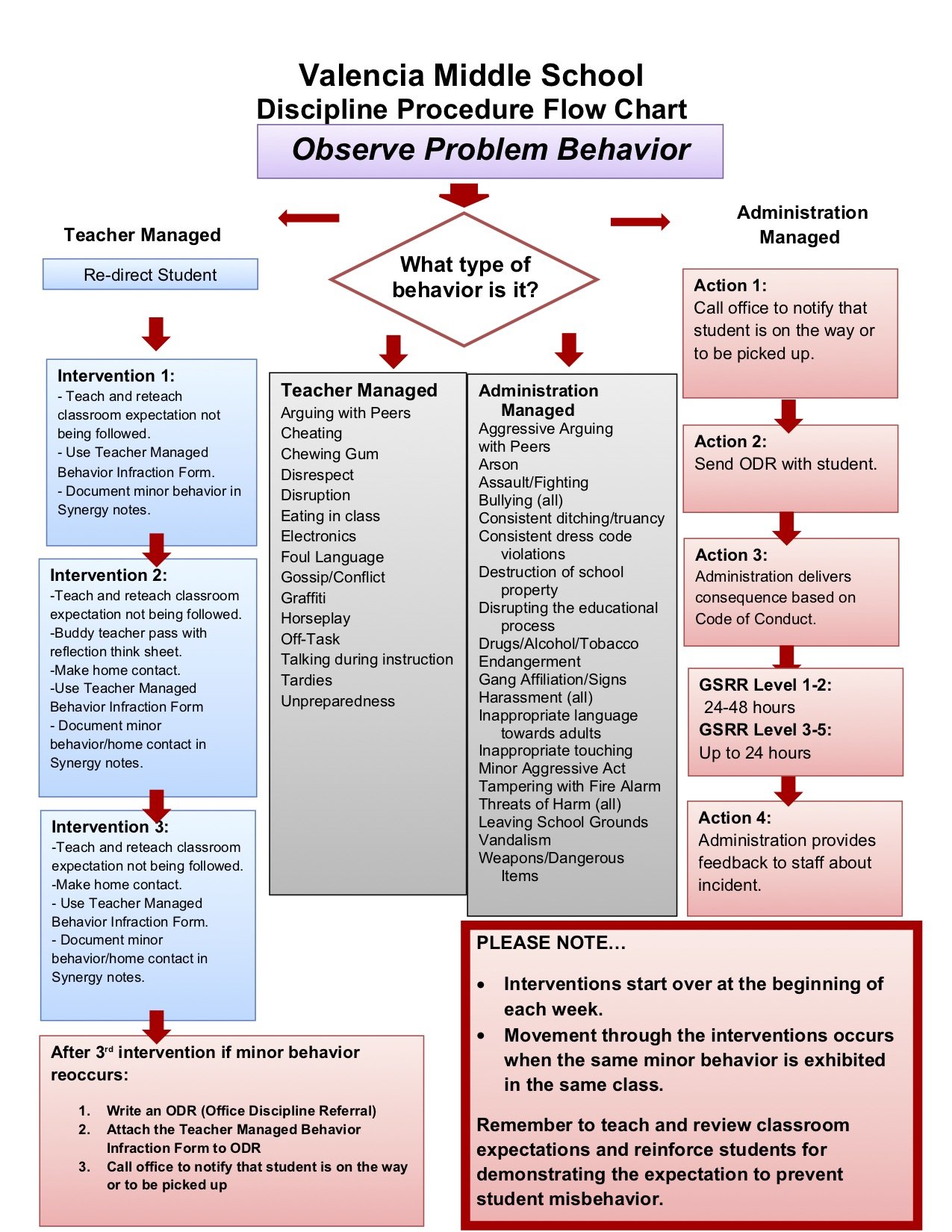
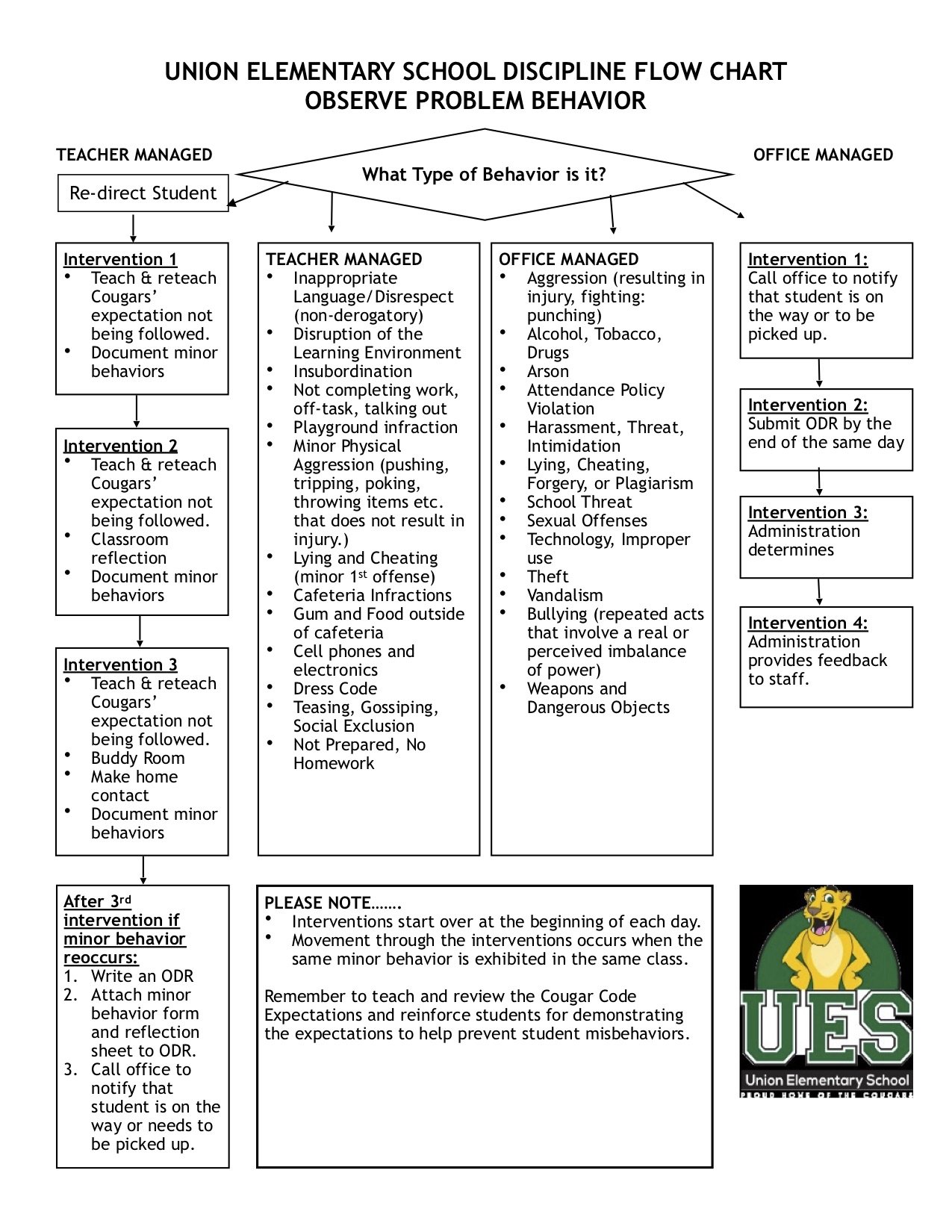
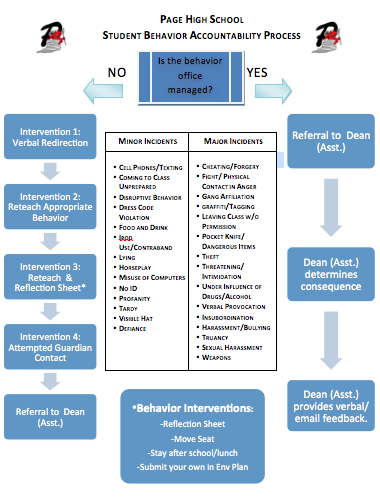
Want More?
Parts of this article are a direct excerpt from Chapter 8, Accountability System, from the PBIS Tier 1 Manual. KOI Education offers multiple paths to learning how to implement PBIS/MTSS with fidelity.
Ask us about:
PBIS Training Academy (If you are building a new system)
PBIS Reboot (If you are starting with some artifacts and practices)
PBIS Reenergizer (If you have a complete system and need help to reenergize your staff about the system)
PBIS Refresher (if you have a complete system and need help to Kick-Off staff training)

